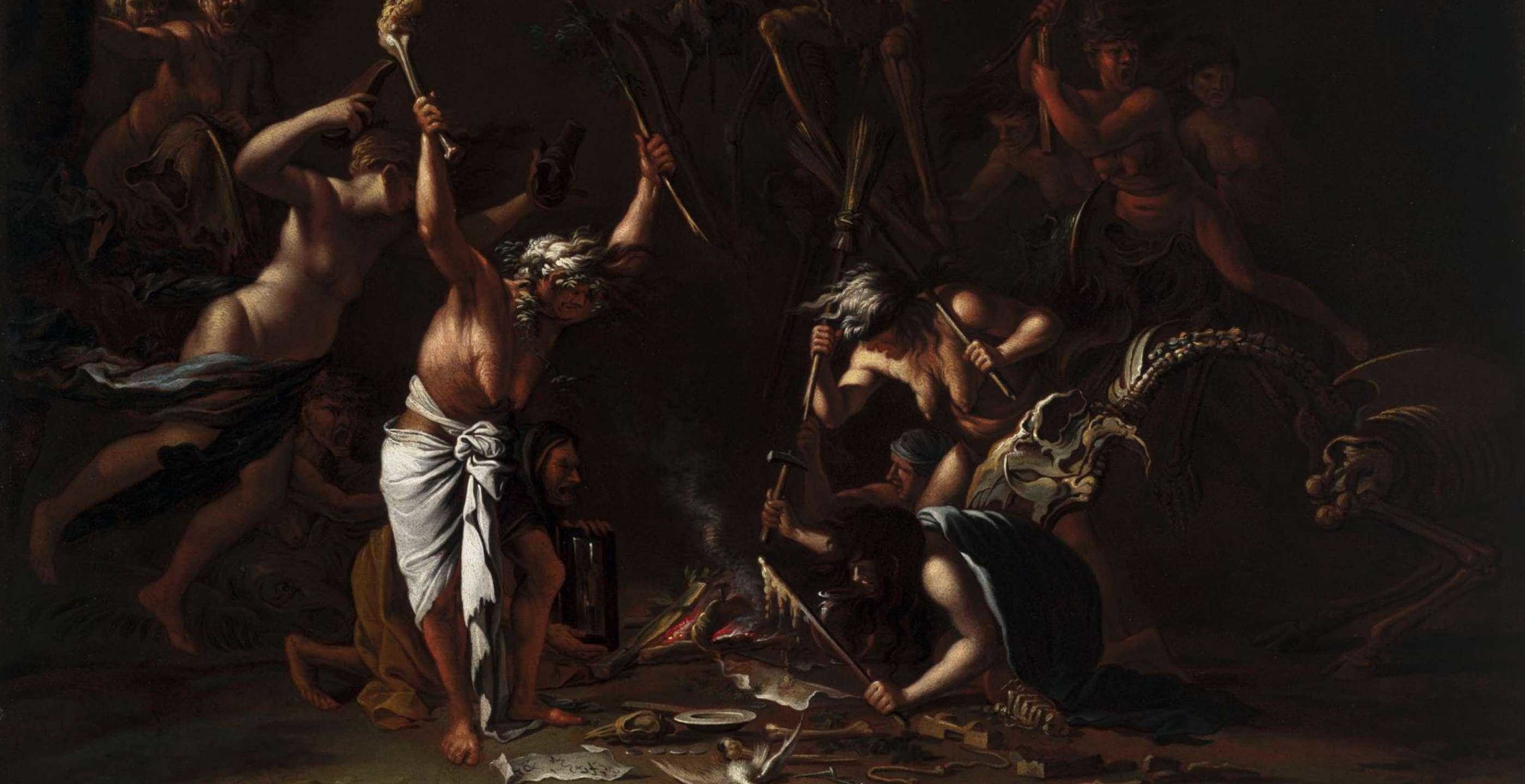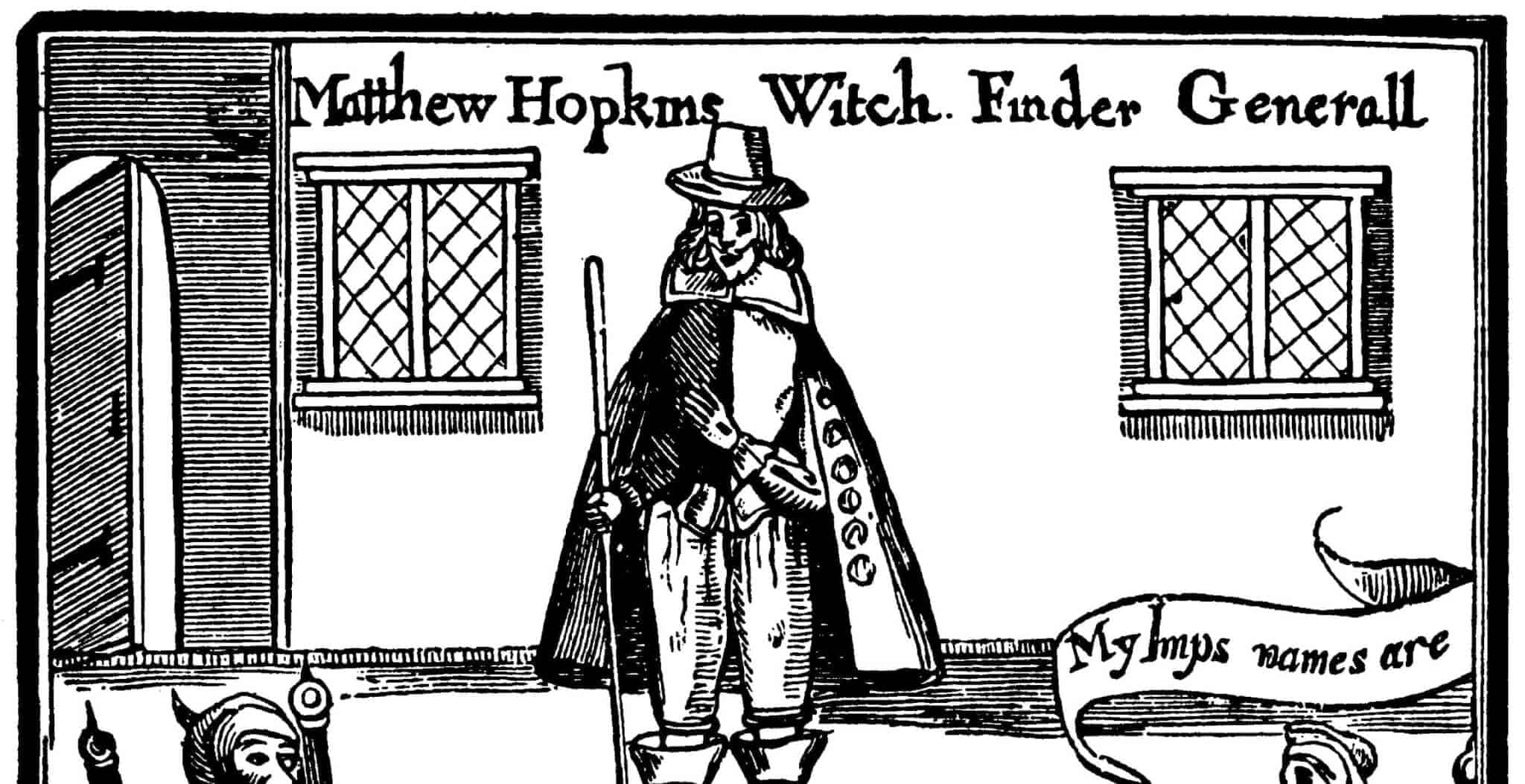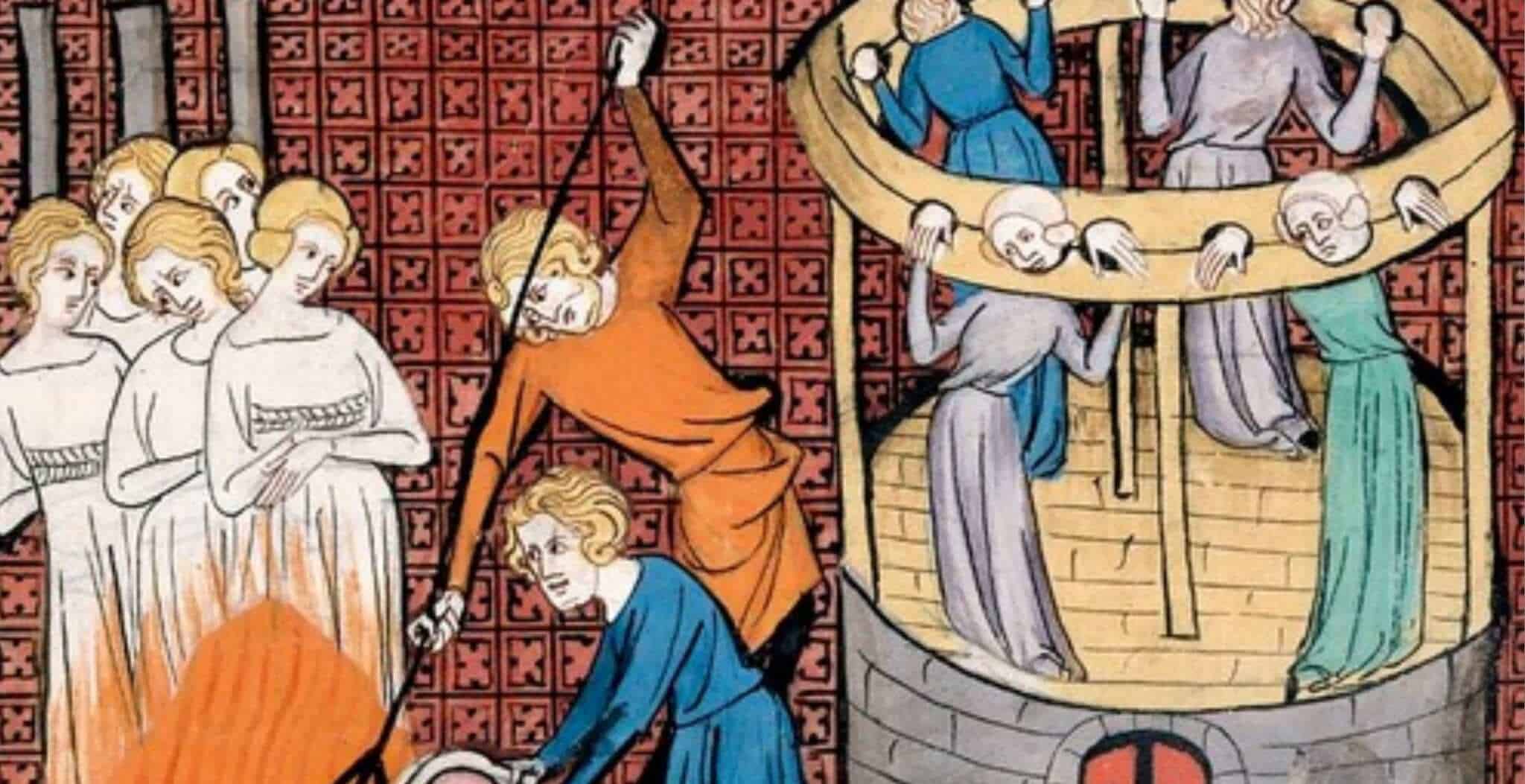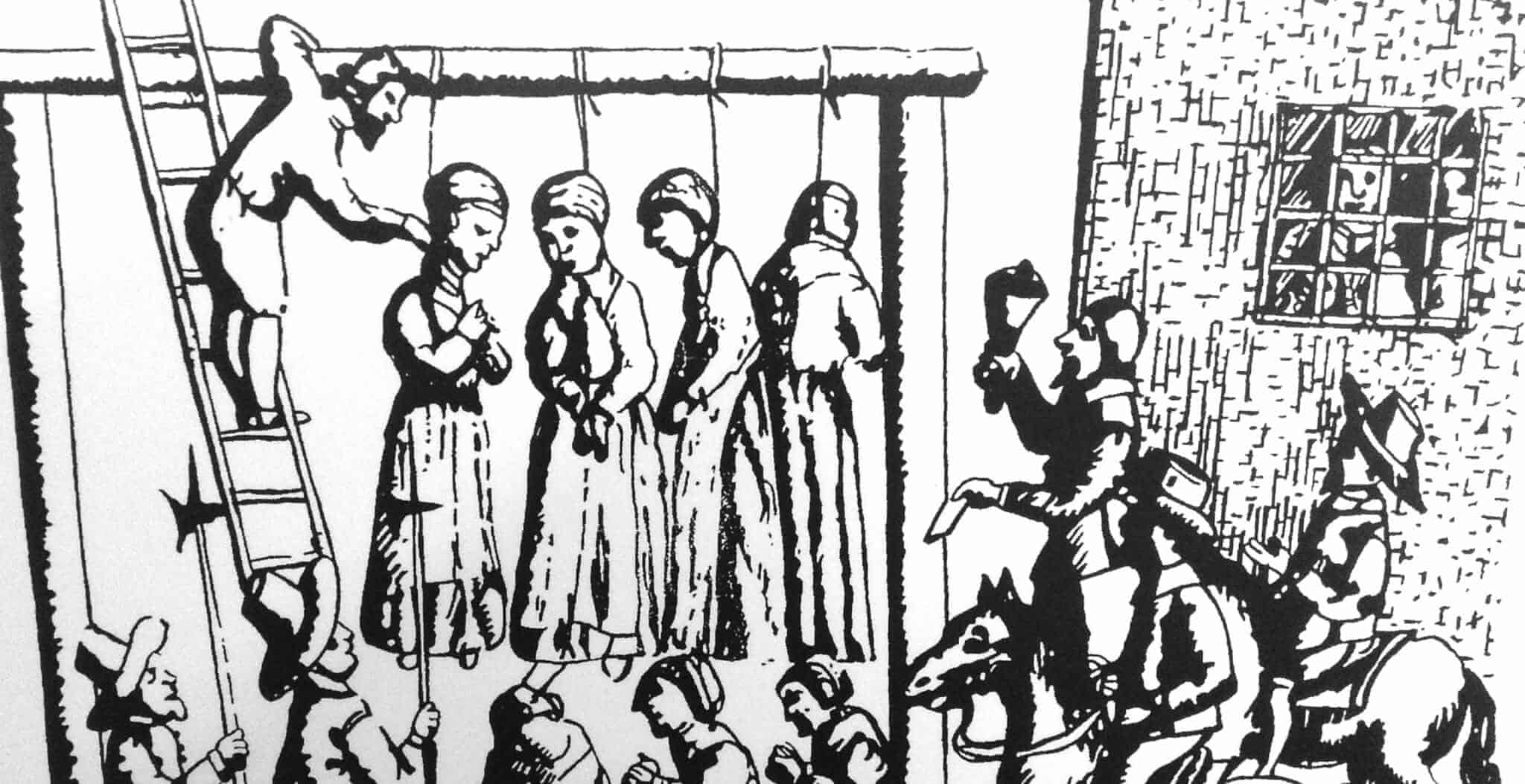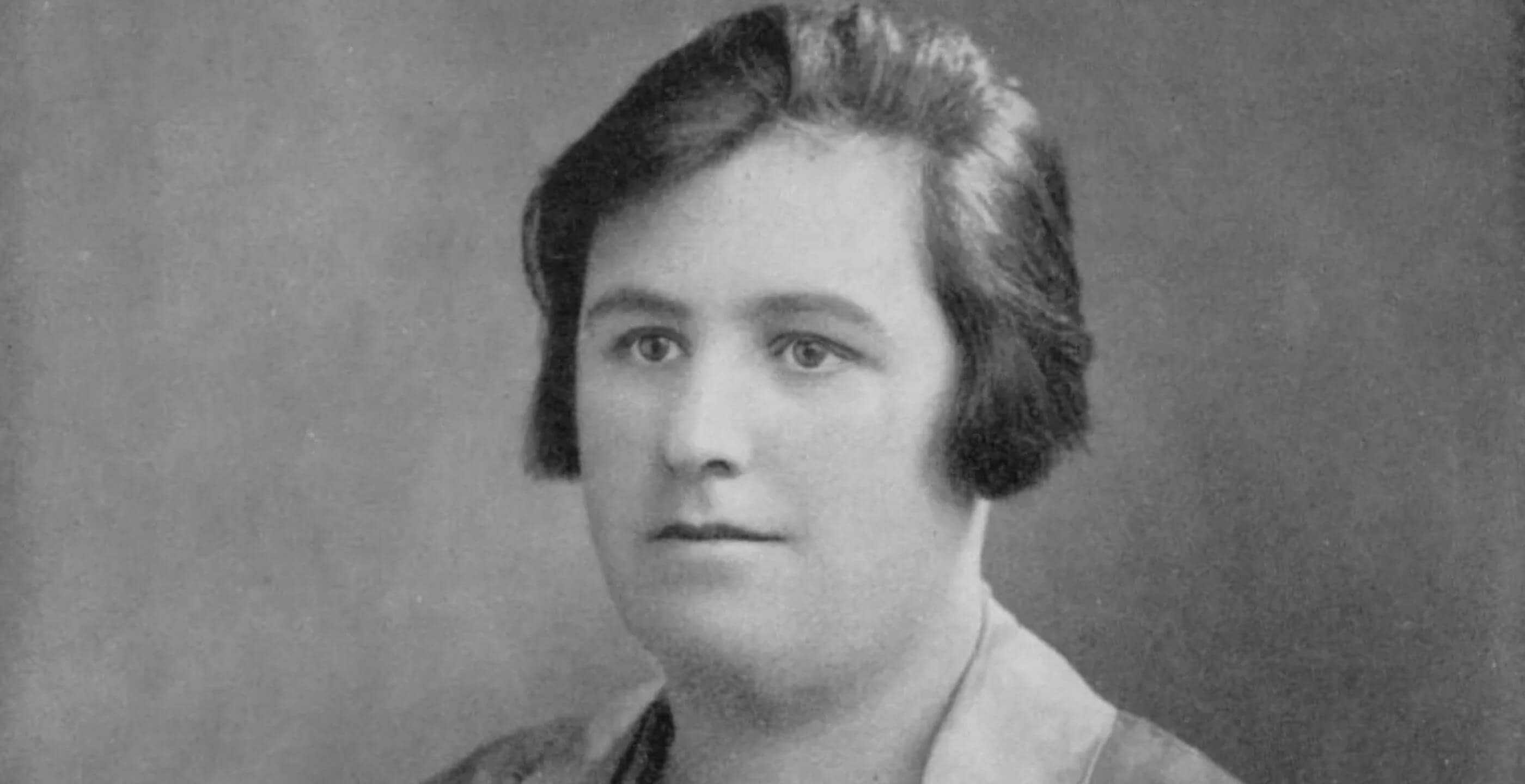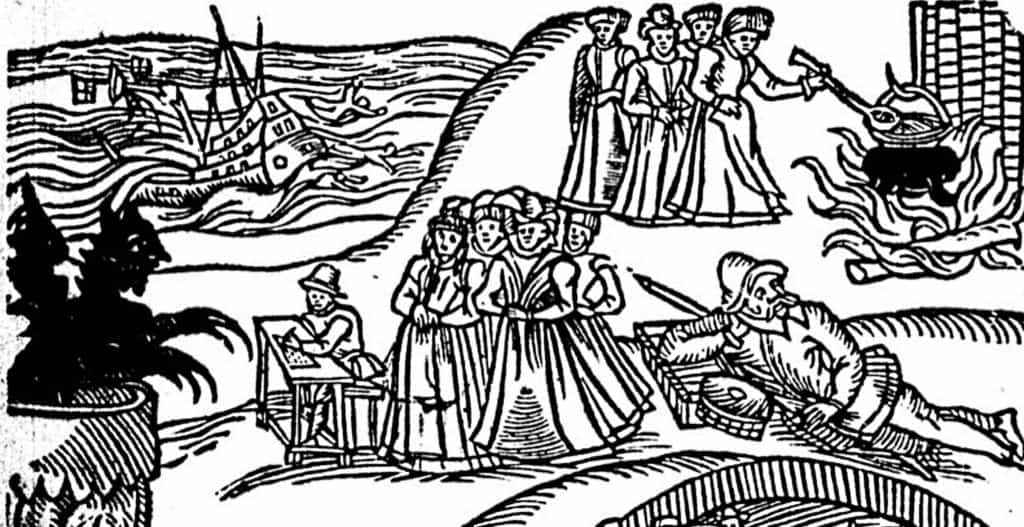The town of North Berwick lies hugging the coast of East Lothian, just to the east of Edinburgh. It is a small, sleepy old fishing town and yet has several surprising claims to fame. The Island of Fidra that can be seen from the West Beach was the inspiration for Robert Louis Stephenson’s ‘Treasure Island’. It is home to the Bass Rock, a famous seabird nature reserve and has just recently been named ‘The best Place to Live in Scotland’ in The Sunday Times ‘Best Place to Live’ list. However, it was also the place of some of the most brutal and horrific Witch Trials ever seen in Scotland.
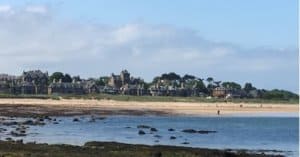
During the reign of King James VI, somewhere between 70 and 200 so-called witches were put on trial, tortured and even executed, from the town of North Berwick and the surrounding area alone. The exact number is not known, and neither is the proportion of those arrested who were actually executed. However, the consensus is that the large majority were horrifically tortured. The reason for this was King James.
James VI was travelling to Denmark to collect his new bride Anne of Denmark in 1589. During the crossing the storms were so severe that he was forced to turn back. James became convinced that this was the work of witches from North Berwick, intent on his ruin. There was talk at the time that one of them had sailed into the Firth of Forth on a sieve to summon the storm, thus dually proving her guilt as not only a witch, but also as a would-be regicide.
James’ hatred and obsession of witches and witchcraft became well known. It was no accident that Shakespeare wrote the witches in Macbeth during the reign of King James in the early 17th Century, in fact the North Berwick Witch’s adventure in the sieve is even mentioned in the play. In the opening scene of the play, Shakespeare’s First Witch cries
“But in a sieve, I’ll thither sail
And, like a rat without a tail,
I’ll so, I’ll do, I’ll do”
At which point they promise to conjure up a storm. This does seem a very unlikely coincidence; it is clear James’ disdain for witches had spread countywide. James had been King of Scotland after his mother Mary Queen of Scots abdicated in 1567, although regents ruled on his behalf until he came of age in 1576. James became King of England in 1603 on the death of Elizabeth 1 and appears to have continued to be fascinated by the dark arts: releasing his best-selling book, ‘Daemonologie’, which explored the areas of witchcraft and demonic magic, shortly after assuming the throne.
However, Scotland was where he began his crusade against this supposed daemonologie. The witch trials of North Berwick are particularly noteworthy due to the sheer number of ‘witches’, the consensus being around 70, that were tried from such a tiny and seemingly insignificant town in Scotland, on this single occasion.
Scotland itself saw about 4,000 people burned alive at the stake for witchcraft, an enormous number relative to its size and population. Something else that is remarkable about the North Berwick witch trials were the bizarre nature of the accusations and the despicable forms of torture used to extract confessions from the victims. The fact that James could have been so convinced that the storm that stymied his plans had been conjured by some Scottish women is incredibly hard to believe. However, around 70 individuals, mostly women, were duly rounded up, tortured and put on trial, some in North Berwick, some in Edinburgh.
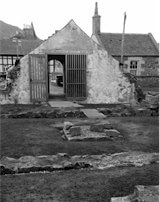
There was a church on the green where the witches were said to hold their covens, dance and summon the devil. This was St. Andrews Kirk, situated on the seafront. It would have been a perfect place from which to summon storms! In fact, there were rumours that some of the witches were held, tortured and eventually tried on the grounds of the Kirk, the foundations of which exist even today.
Although not recorded it is generally accepted that many victims died of the injuries that were inflicted upon them during torture.
Some of the implements of torture that were used at the time included the breast ripper. A device that did exactly as it sounds. It consists of 4 pronged levers that would encase the breast of the accused ‘witch’ and then tear it from her chest with a considerable amount of trauma.
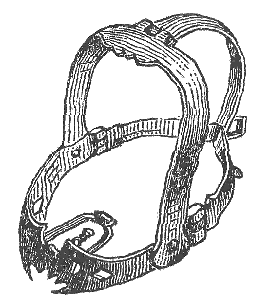
Another device that was used on witches either already tried or awaiting trial was the ‘Scold’s Bridle’. A metal device that fit around the head and had metal protrusions that would slide into the victim’s mouths making it impossible to talk. Sometimes men would use these devices on errant wives who nagged them too often. But they were often used on witches.
Several measures were used to detect witchcraft but you could be accused simply for having red hair, for having an unusual ‘devil’s mark’ or what we would call a birthmark, or for being left-handed. The word sinister actually comes from the Latin ‘sinistra’ which means left. Traditionally older women and those who worked with herbs and medicines or midwives would also be targeted.
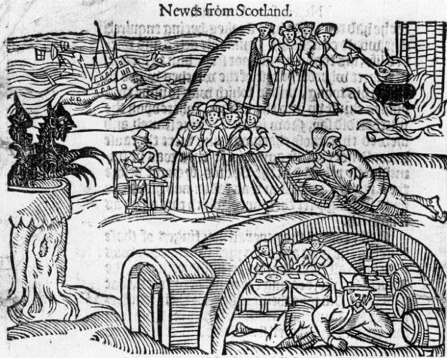
Among the witches accused at North Berwick for trying to murder James were Agnes Sampson, a well known midwife and Gellie Duncan, a healer. These two were part of the 70 that were rounded up after James’ misfortune at sea. After significant torture, they confessed and Gellie was burned at the stake. The two women named accomplices who were most likely also tortured and potentially burned, although it is not known how many fell prey to James’ crusade this time. The witches said that they had dug corpses from graveyards in the area, dismembered them, tied the limbs to dead cats and then thrown the whole bloody mess into the sea to conjure a storm to kill the King. However, after days of medieval torture it is safe to assume that these women would have confessed to anything simply to make it end.
James VI was in many ways an admirable monarch; he started the first postal service in the UK, a progenitor to what became the Royal Mail. He foiled the Gunpowder Plot and saved Parliament and he translated what became a definitive version of The Bible that is still used today. But when it came to witches he had a peculiar blind-spot and was both irrational and cruel. It is unimaginable to adequately comprehend the torture and pain that the accused witches would have endured only to be burned for crimes they could never have committed. However, their brutal deaths are not forgotten and are still talked about in this small seaside town today. This fitting Memento Mori to the North Berwick Witches remains in the grounds of St Andrew’s Kirk to this day.
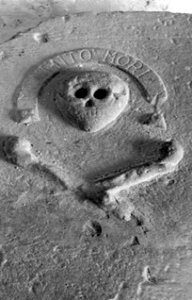
By Ms. Terry Stewart, Freelance Writer.
